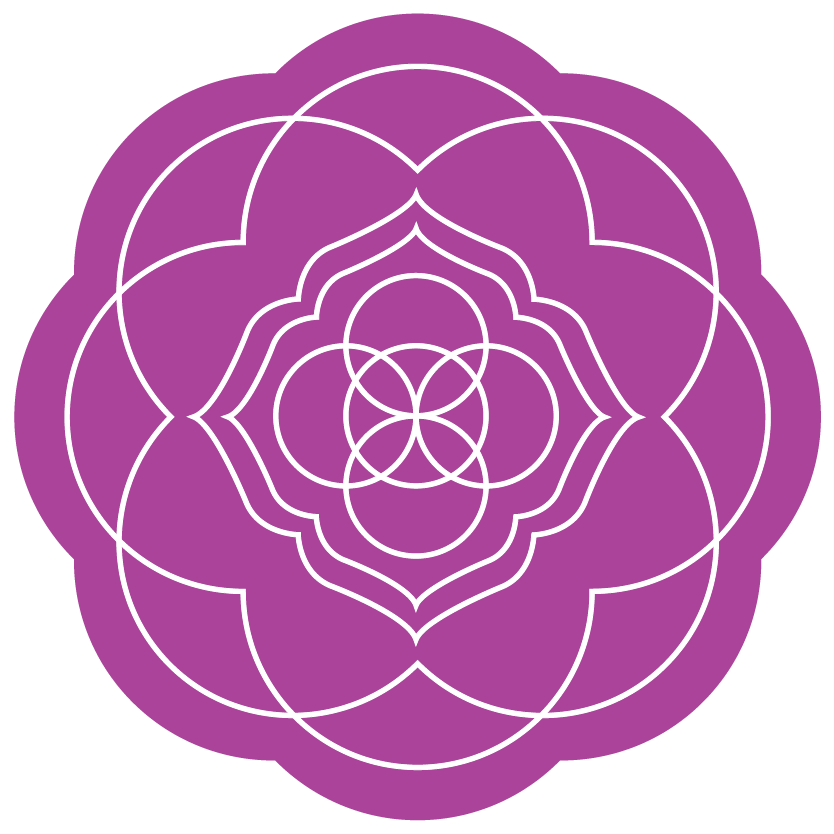Discovering Clay Therapy’s Healing Touch: More Than Pottery
By Rebecca Vichi, MA, ATR-P
In the realm of art therapy, clay exists as a powerful and transformative medium. Over time, clay has served as an artistic outlet, a tool for healing, a method for documenting and storytelling, and more. Today, its potential in promoting emotional well-being and personal growth is being rediscovered through the practice of clay therapy.
Basics of Clay Therapy
Clay has a rich history dating back to ancient civilizations where it served both utilitarian and artistic purposes. The art of working with clay has been intertwined with human culture for millennia, from crafting pottery and sculptures to engaging in ceremonial and ritualistic practices. In ancient societies, clay was revered not only for its practical applications but also for its symbolic and spiritual significance. Art therapy has defined a new use for clay and taken its potential one step further. Clay therapy operates on the principle that engaging in creative activities can promote healing, self-awareness, and emotional well-being. Individuals are welcomed and encouraged to tap into their innate creativity and explore transformation, thoughts, feelings, and experiences in a non-verbal and sensory-rich manner. In this post we will examine the significance of the material, the different benefits clay therapy can provide, and different processes and techniques.
Understanding Clay Therapy
To understand clay therapy, we need to understand and give light to the importance of the medium. The therapeutic and cathartic properties of clay are clearly observable as it stems from nature and has many sensory and playful qualities. Clay itself is malleable, messy, wet, and tactile and can be shaped, squished, cut, rolled, and more. This gives us the capacity to make, unmake, and transform multiple times. Clay can also become fired, making it solid and durable while also retaining its fragility, which reflects the human experience. Clay is also three dimensional and allows for play and reflection in ways that two-dimensional media cannot. You can move things around, pull things apart, put it back together, look at it from multiple perspectives. All of this allows for the creation of metaphors in injury healing, trauma and grief work, feeling whole again, and more.
Using clay also allows clients to articulate both conscious and unconscious aspects of the human experience. Through manipulation and expression the client can convey thoughts, feelings, and ideas that are within the realm of consciousness. The tactile and intuitive nature of working with clay allows for the exploration and manifestation of deeper, unconscious elements. The process of shaping and modeling can serve as a form of introspection, tapping into emotions, memories, and instincts that lie beneath the surface and therefore clay becomes a tool to bridge the gap between the unconscious and conscious mind.
Health Benefits
The act of engaging in the tactile process of working with clay promotes relaxation and reduces stress levels. The rhythmic movements involved in kneading, shaping, and molding can induce a meditative state, which can lead to decreased anxiety and tension. The texture and temperature of the clay can provide grounding sensations that promote a sense of calm and mindfulness that allows the client to be present in the current moment. Feeling the cool, smooth surface of the clay can allow for better emotional attunement and reduced rumination in the mind. Engaging in the creative process of working with clay also encourages a state of flow, where an individual can feel fully immersed in the activity and experience a sense of absorption and focus. Flow states also serve as a pause from stressors promote relief and relaxation. All of these things listed also increases the mind-body connection which enhances mindfulness. Working with clay can promote a harmonious connection between the mind and body, too, as individuals engage in an activity that stimulates creative expression and self-reflection.
Emotional Benefits
Clay therapy also assists with emotional expression and release. It plays on the strength of non-verbal communication as it provides a non-verbal medium for clients to express complex feelings that may be difficult to convey through words. According to the expressive therapies continuum, the sensory and tactile experience of working with clay can communicate emotions through shapes and texture and bring emotions to the forefront because the individual can focus on the motions rather than the end result. Clay sculptures then have the ability to take on symbolic meanings that reflect the creator’s emotional experiences.
Sculpting also allows the client to bypass the limitations of language and societal norms as it provides a sense of freedom and authenticity in its expression. There is no wrong way to shape clay especially in an environment free of judgment and criticism, only the individual's unique interpretation of their emotions. This freedom encourages exploration and experimentation fostering a connection to one’s inner world.
Molding and manipulating clay also provides a cathartic release. The physical act of kneading, pounding, or shaping the clay can allow for the channeling of pent-up emotions and can serve as a release valve for emotional tension. With each movement, individuals release emotions from their bodies experiencing a sense of relief and emotional liberation. Overall, engaging in clay therapy allows clients to process their emotions on multiple levels. As one works with the clay they may gain new insights into their emotions, identify patterns of behavior, and explore coping strategies which promote emotional awareness and self discovery.
Social Benefits
Participating in clay therapy in a group setting can foster communication skills as individuals interact with each other and share their experiences, thoughts, and emotions. Through verbal and non-verbal communication, group members can offer support, encouragement, and validation, creating a sense of connection and understanding. Empathy is also cultivated as individuals observe others' creations and gain insight into their personal experiences and perspectives. Sharing the creative process and witnessing the emotions conveyed through sculpture fosters a deeper understanding of others' struggles and promotes mutual support.
Clay therapy groups also provide a sense of belonging and community for participants, reducing feelings of isolation and loneliness. Engaging in a shared creative activity creates bonds and camaraderie among group members, fostering a supportive environment where individuals feel accepted, valued, and understood. People are given the opportunity for collaborative learning as individuals share techniques and insights which therefore expands cooperation. Overall, clay therapy groups serve as a built-in emotional support network where individuals can turn to each other for encouragement, validation, and comfort. Group members offer empathy, advice, and solidarity during challenging times, providing a sense of security and companionship.
Techniques in clay therapy
Many techniques can be utilized in clay therapy including but not limited to free form sculpting, guided imagery, symbolic sculpting, thematic projects, narrative sculpting, expressive sculpting, and mindful modeling.
Free form sculpting: clients are given free rein to sculpt and shape the clay in any way they desire allowing for uninhibited creative expression. There are no rules or guidelines.
Guided imagery: clients are guided through visualization exercise that prompt them to create sculptures based on specific themes, images or narratives. This can help tap into the subconscious mind and access deeper emotions and insights that might be hard to express verbally.
Symbolic sculpting: clients are encouraged to create sculptures that represent their experiences symbolically which allows them to externalize abstract concepts or emotions in tangible forms.
Thematic sculpting: client’s engage in structured projects that focus on specific themes or topics relevant to therapeutic goals.
Narrative sculpting: clients use clay to create scenes or narratives that reflect personal stories, memories, or aspirations.
Expressive sculpting: clients employ expressive techniques such as texture, color, and form to convey emotions and experiences.
Mindful modeling: clients engage in mindful sculpting exercises that focus on the sensory experience. Mindful modeling techniques encourage individuals to pay attention to the tactile sensation, movements, and rhythms involved in shaping the clay.
Overall, clay is a wonderful and powerful medium for emotional and personal exploration and growth. This tactile art takes individuals on a journey of self-discovery, transformation, and acceptance by allowing the individual to confront challenges, cultivate resilience, and foster healing.
We offer clay therapy as part of our art therapy offerings at Balanced Awakening! You can learn more and book an appointment below.


